Members of our Sydney Enviro team had the opportunity to attend a Plastics Pollution Workshop hosted by our partner Envirolabs in collaboration with AUSMAP (Australian Microplastic Assessment Project).
This workshop was a deep dive into the pervasive issue of plastic pollution, providing both theoretical insights and practical experiences.
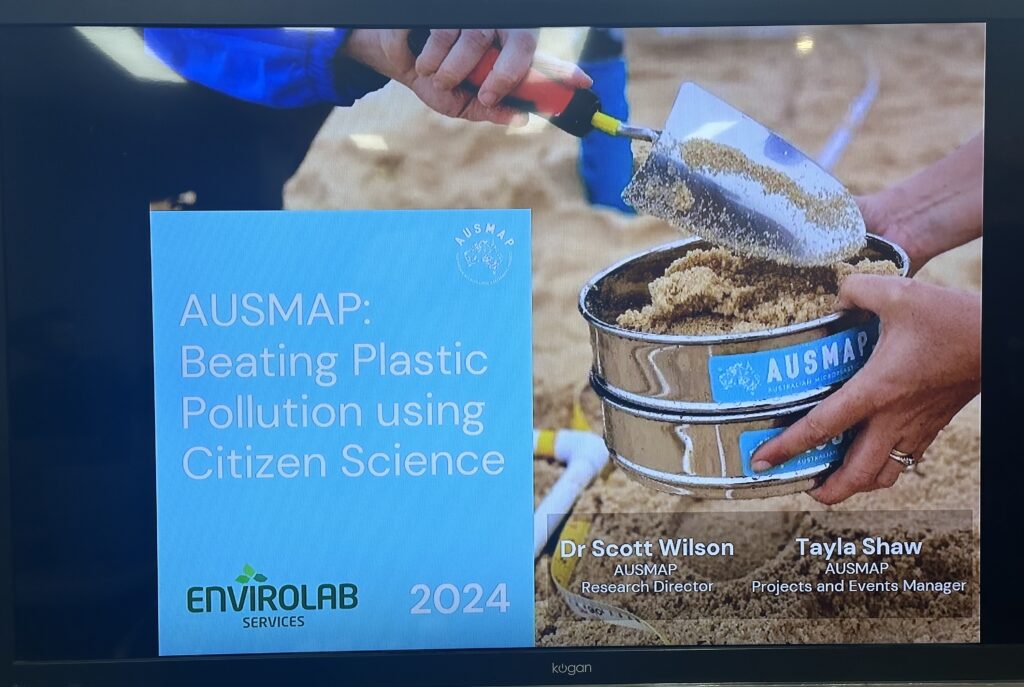
Understanding Plastic Pollution
One of the key topics discussed was how plastics break up and the potential health effects of microplastics. Everyday products like toys, bottles, and containers contribute significantly to microplastic pollution. As plastics degrade, they fragment into smaller pieces, eventually becoming microplastics that are less than 5mm in size. These tiny particles can infiltrate our water systems, food chain, and even the air we breathe, posing significant health risks.
During a practical session on the beach, we found several types of macros and microplastics, including soft and hard plastics. This hands-on activity underscored the widespread nature of plastic pollution and the urgent need for effective mitigation strategies.
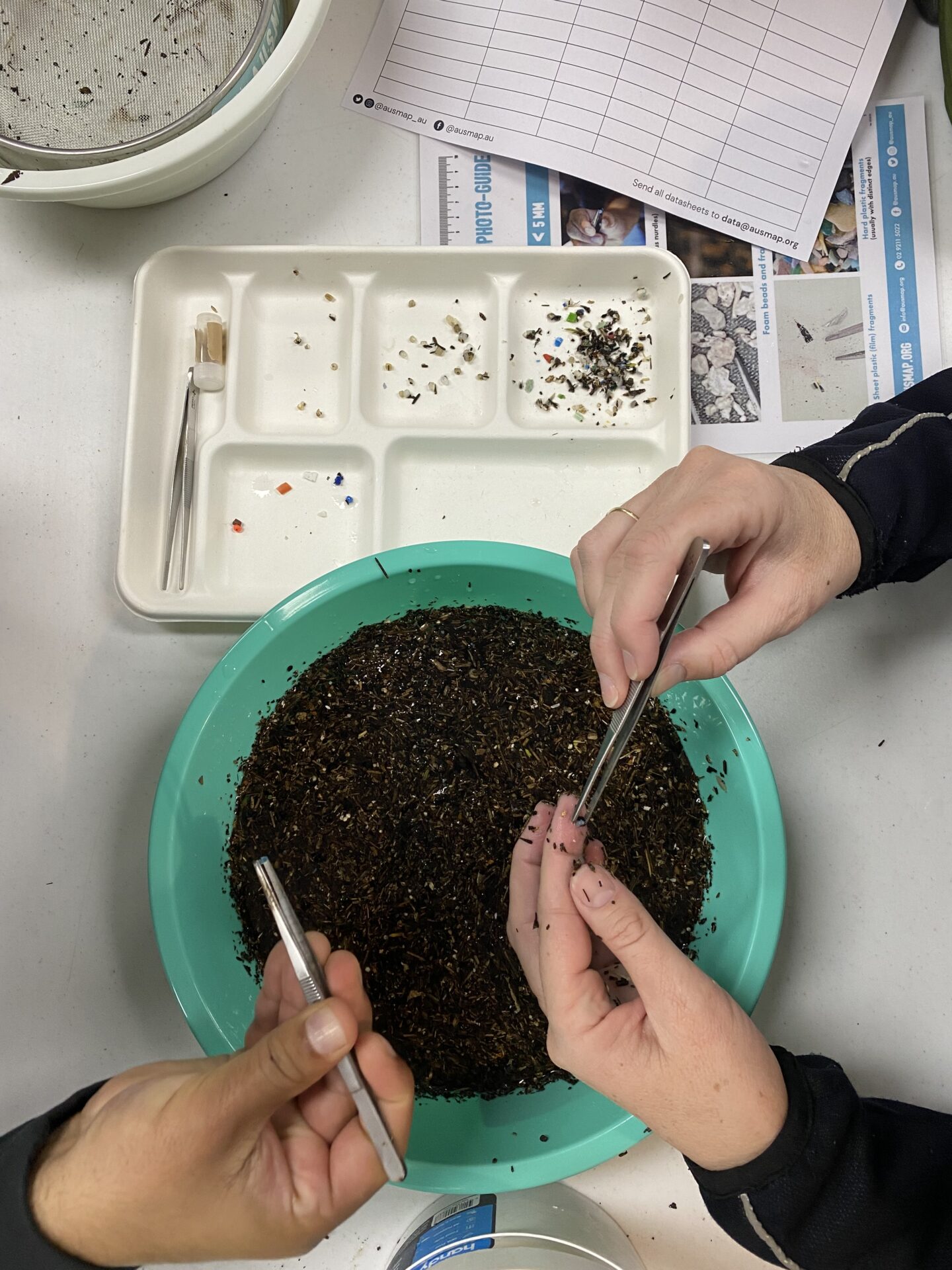
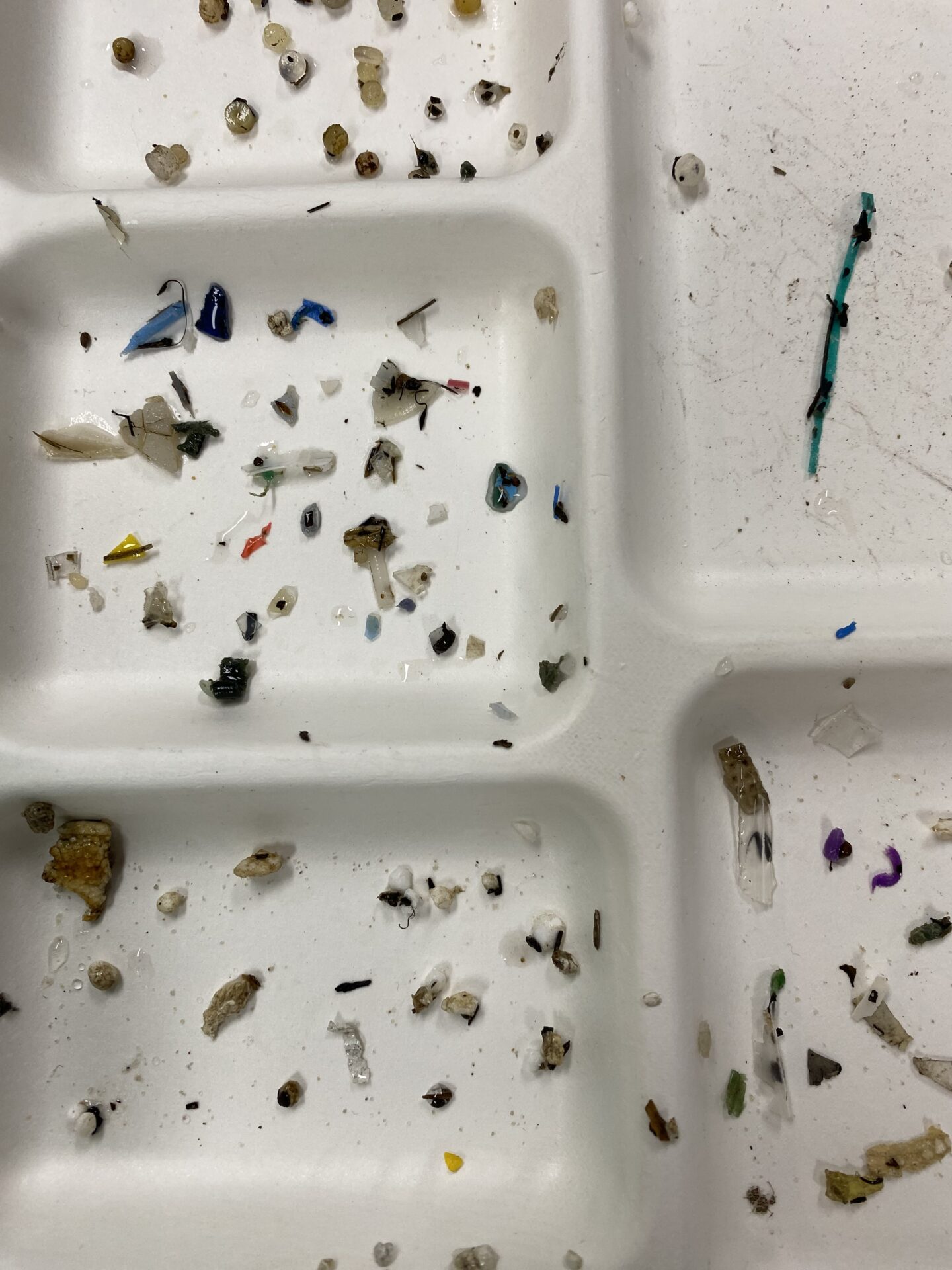
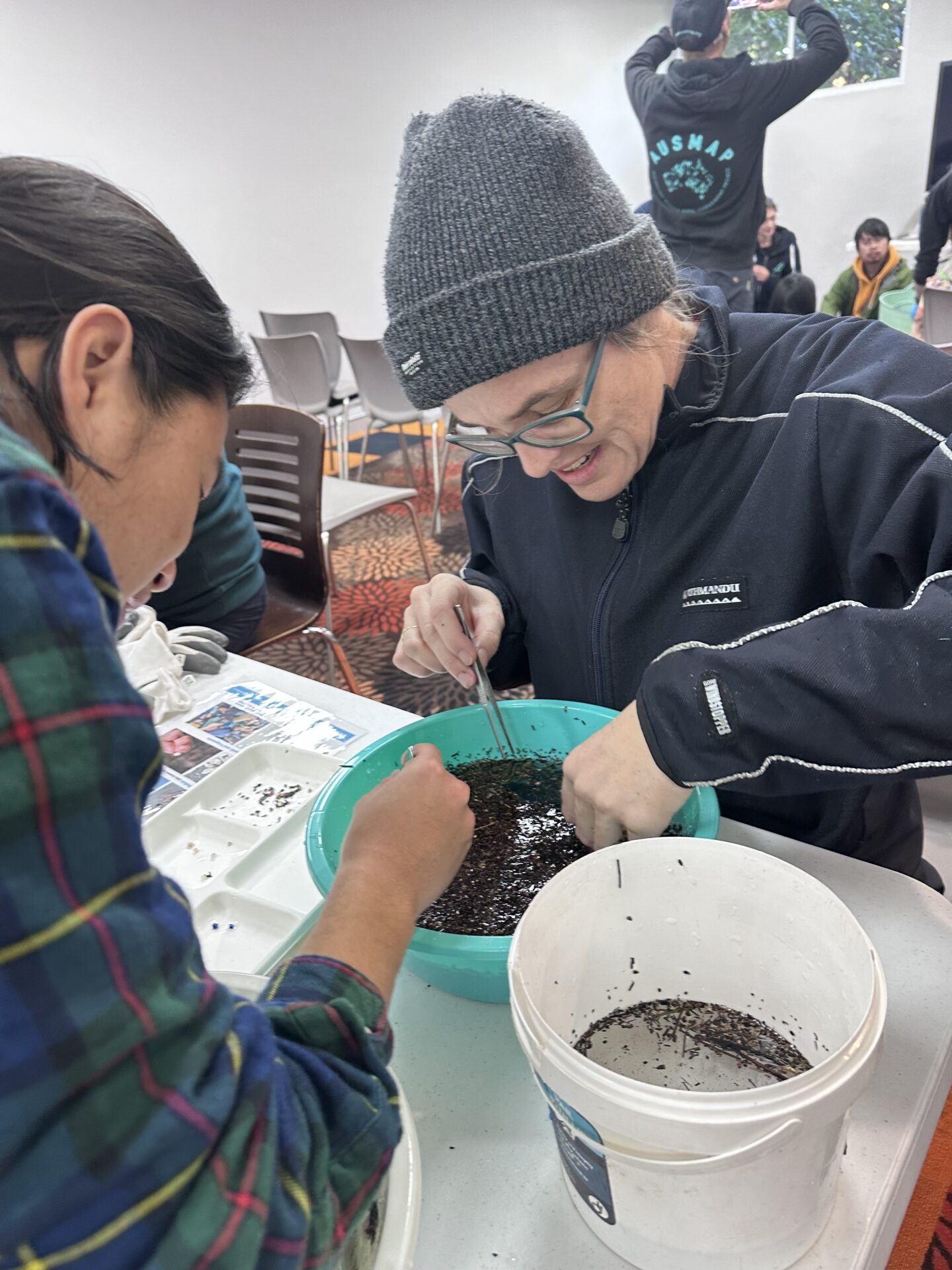
Taking Action: Reducing Your Plastic Footprint
The workshop also highlighted actionable steps individuals can take to reduce their plastic footprint. Here are some tips to help you minimize your impact:
Minimize Microfiber Release from Washing Machines:
Research has shown that washing synthetic fabrics releases microfibers into the water system. These tiny fibres, often invisible to the naked eye, can pass through wastewater treatment plants and end up in our oceans.
To reduce microfiber pollution, consider the following tips:
- Use a Guppyfriend Washing Bag: This specially designed bag traps microfibers released during washing.
- Install a Washing Machine Filter: Filters can capture microfibers before they enter the drainage system.
- Wash Less Frequently: Reduce the number of washes by airing out clothes and spot cleaning when possible.
- Opt for Natural Fabrics: Choose clothing made from natural fibers such as cotton, wool, and silk, which do not shed plastic microfibers.
- Reduce Plastic Sponge Usage
Plastic sponges are common household items that contribute to microplastic pollution. As they wear down, they release microplastics into the environment. Alternatives include:
- Use Natural Sponges: Sea sponges or sponges made from natural materials are biodegradable.
- Consider Compostable Options
- Avoid Reheating Food in Plastic Containers
Heating plastic containers can cause harmful chemicals to leach into your food. To minimize exposure:
- Use Glass or Ceramic Containers: These materials are safer for reheating and do not release harmful chemicals.
- Transfer Food Before Reheating: Move food from plastic containers to glass or ceramic before reheating in the microwave or oven.
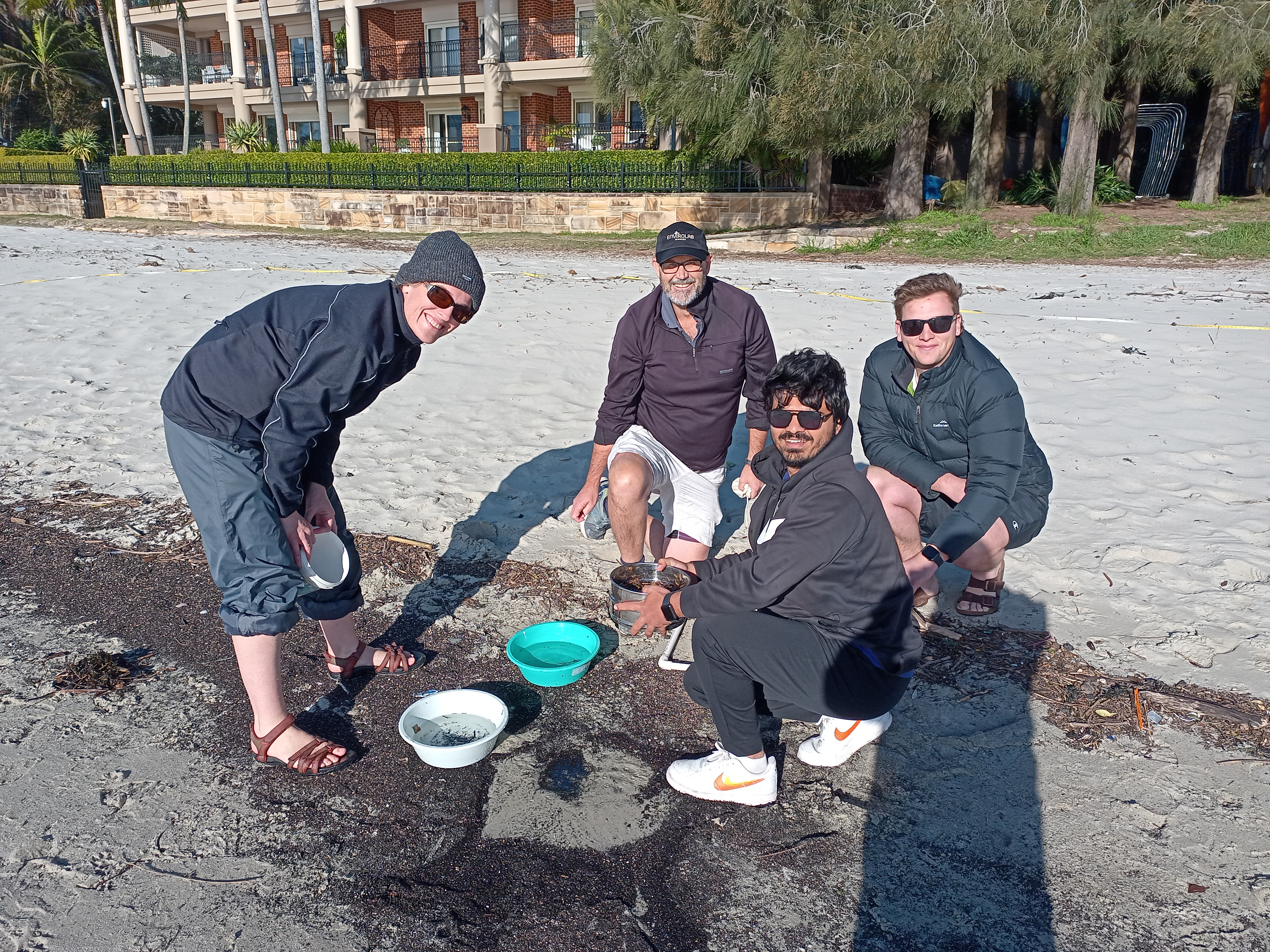
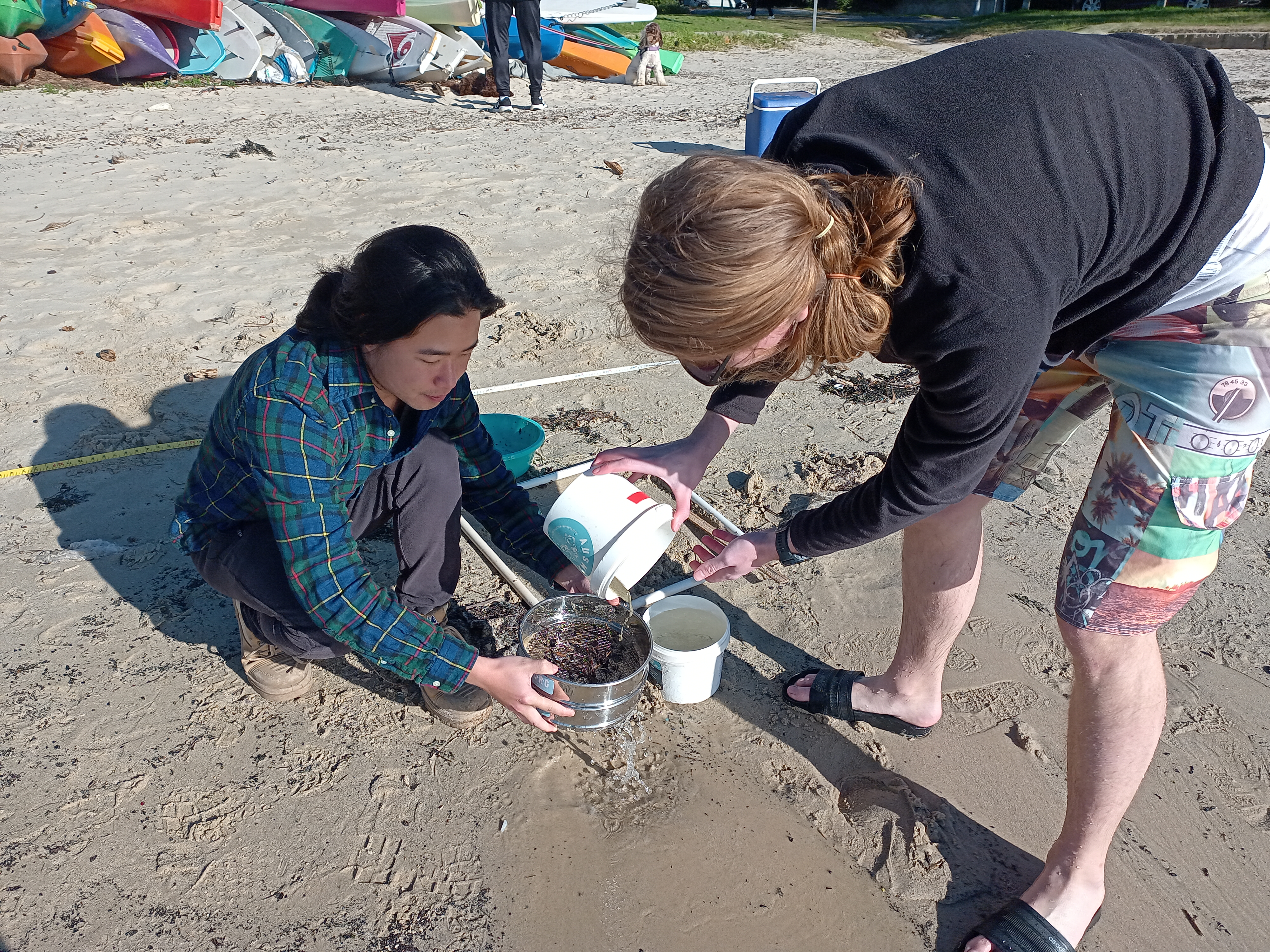
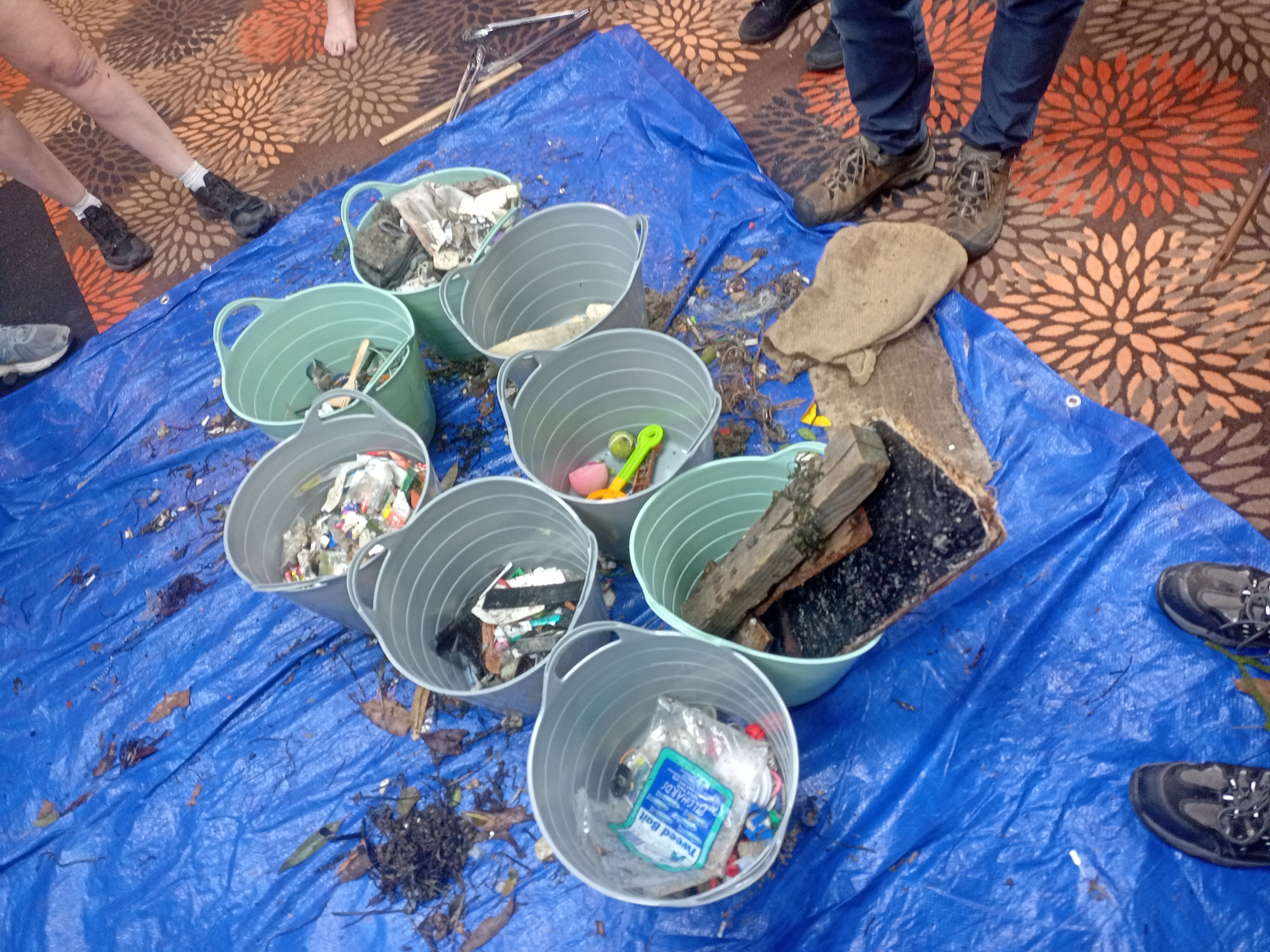
Join Us in the Fight Against Plastic Pollution
The workshop provided valuable insights into the current state of plastic pollution and practical measures we can all take to combat it.
Grateful to our partner, Envirolabs for facilitating such an eye-opening event! By partnering with organizations dedicated to environmental research and education, we can collectively work towards a cleaner, healthier planet.
Learn more about AUSMAP and their efforts to map microplastic pollution across Australia here.
At Douglas Partners, we are committed to environmental stewardship and sustainable practices, by taking meaningful steps to reduce our plastic footprint and raise awareness about this critical issue.
For more information on our environmental engineering services, click here.



